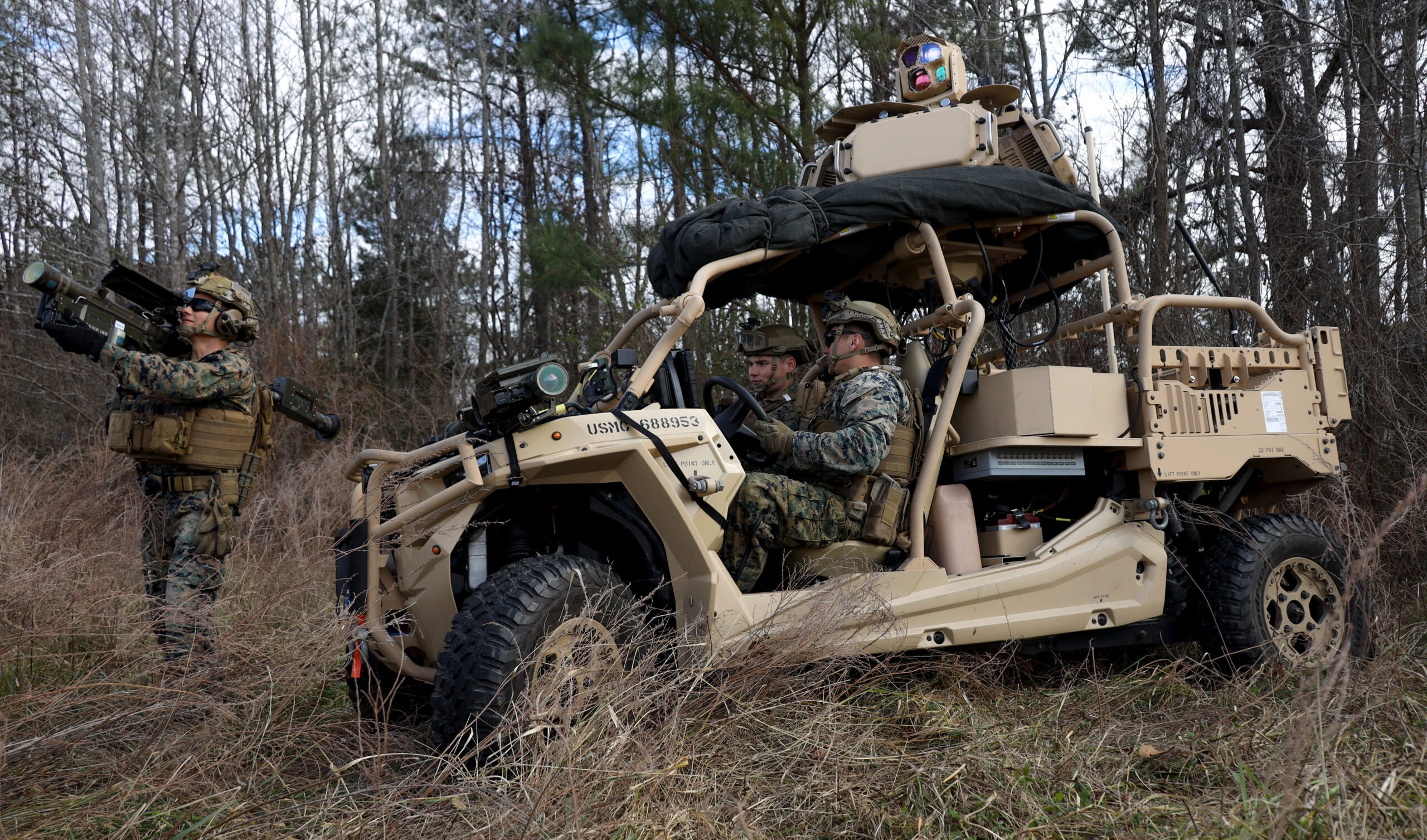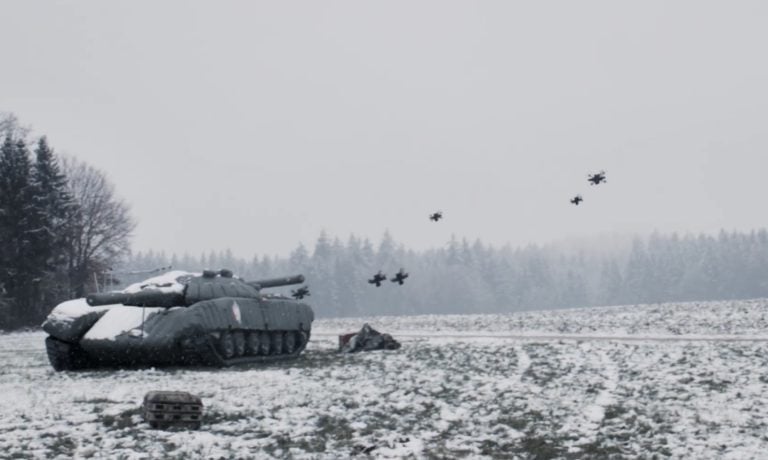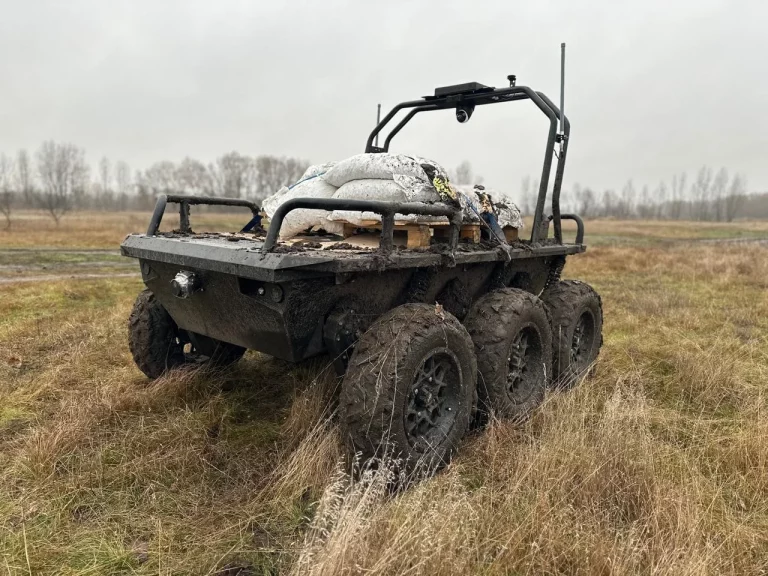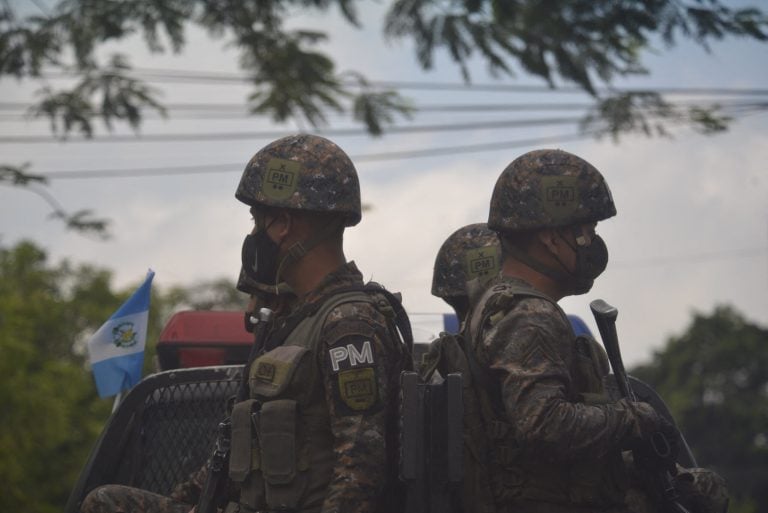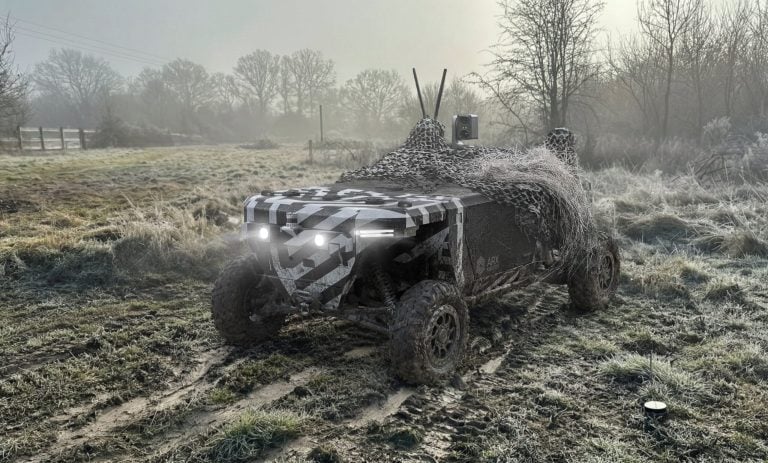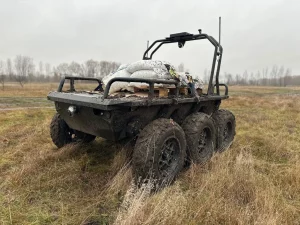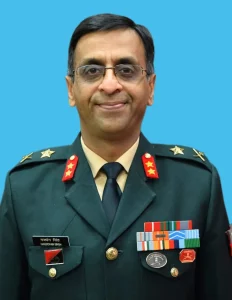The Defense Innovation Unit (DIU) has launched “Replicator 2,” a new initiative aimed at developing counter-drone technology that effectively disables small uncrewed aerial systems (s-UAS) while minimizing collateral damage. A solicitation that was released recently invites innovative and scalable solutions for detecting, identifying, tracking, and neutralizing small drones.
This initiative responds to the escalating threat posed by low-cost drone attacks, which have highlighted the limitations of traditional detection systems, such as radars and radio frequency tools, that are often expensive and lack scalability. DIU Director Doug Beck expressed pride in utilizing a comprehensive approach that leverages partnerships with entrepreneurs and industry experts to enhance the Department of Defense’s counter-unmanned aerial system (C-UAS) capabilities.
As part of the initiative, the DIU plans to select as many as 10 finalists, each eligible for funding of up to $1 million to participate in the Falcon Peak exercise set for September. High-performing participants may receive additional funding for further development of their technologies.
“Replicator 2” signifies a strategic shift in the Pentagon’s broader Replicator program, which originally focused on scaling the production of low-cost drones. This new phase addresses the pressing need for effective countermeasures against these drones, particularly in light of recent incidents, such as the substantial expenses incurred while attempting to intercept inexpensive drones used by Houthi forces in the Red Sea.
The DIU emphasizes the urgent requirement for low-cost, low-collateral solutions to work alongside advanced systems designed for early warning and threat neutralization. Matthew Way, the counter-UAS lead at DIU, acknowledged that while there may be trade-offs regarding detection range and accuracy to reduce costs, the goal is to enable a distributed sensing network.
General Gregory Guillot, commander of US Northern Command, reinforced the necessity for a comprehensive awareness network capable of detecting various threats, extending “from seabed to space.” Companies interested in contributing to this initiative are required to submit white papers by May 16, marking a significant step towards enhancing national security measures against emerging drone threats.
